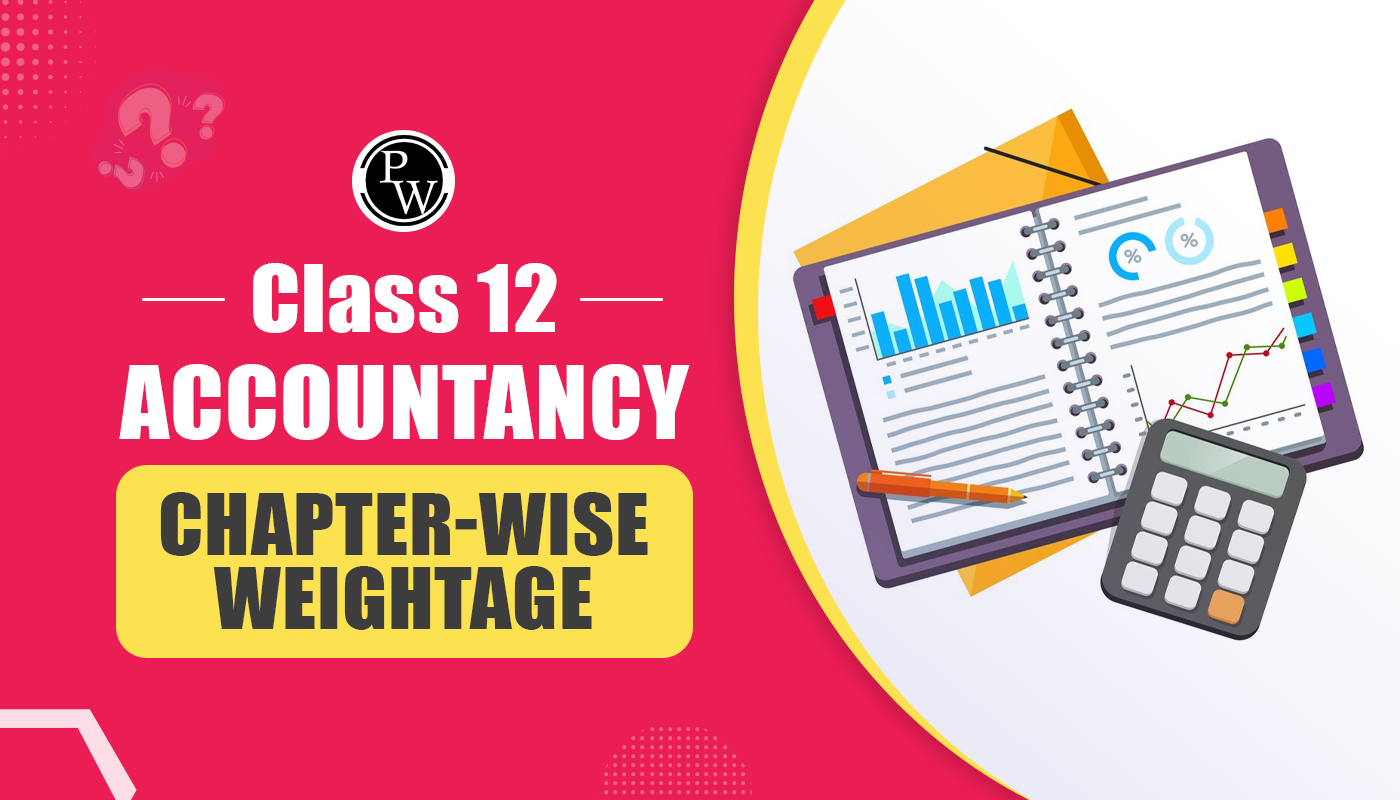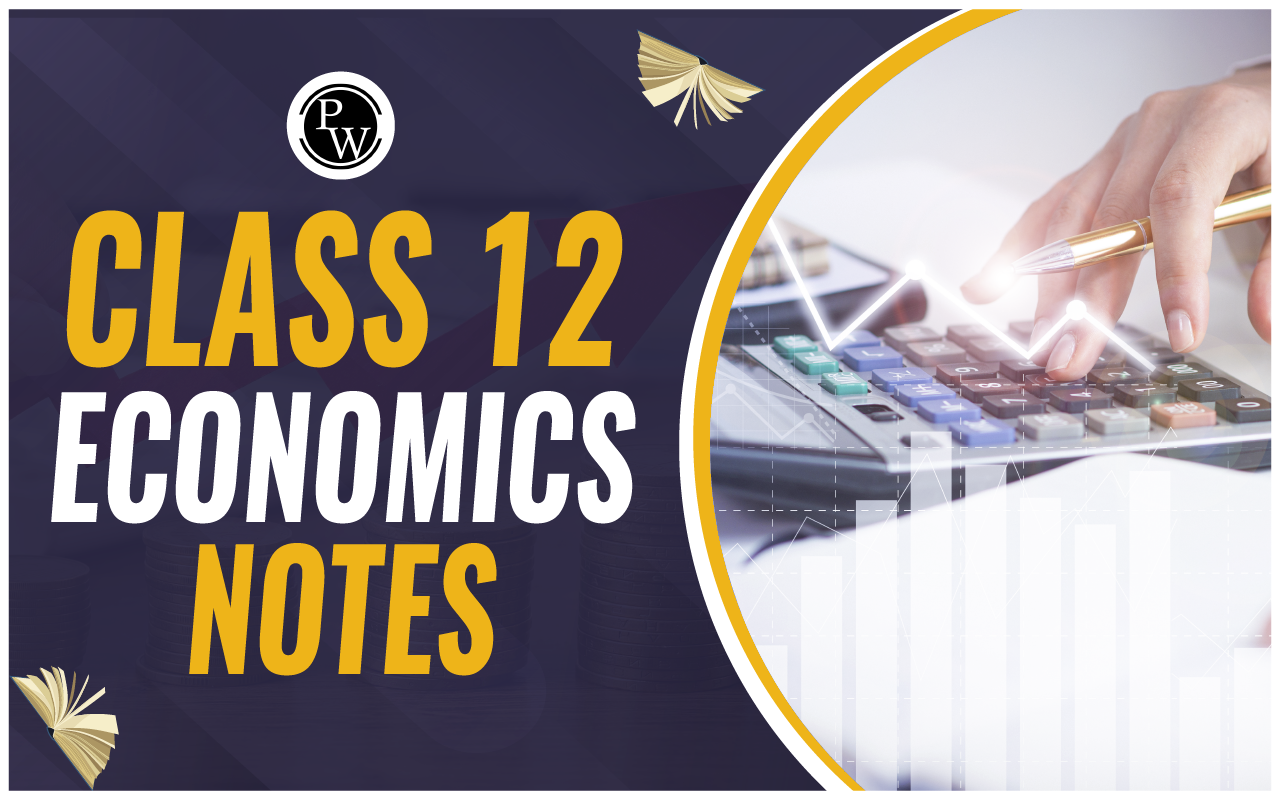
Understanding the differences between a command economy and a mixed economy is crucial for grasping how various economic systems operate and impact society. A command economy, often called a planned economy, is characterized by extensive government control over the production, distribution, and pricing of goods and services. The state makes all economic decisions to achieve equal resource distribution and prevent market monopolies.
In contrast, a mixed economy incorporates command and free-market systems elements, allowing for a blend of government regulation and private enterprise. This hybrid approach balances the efficiency and innovation driven by market forces with the social welfare objectives pursued by governmental oversight. By comparing these two systems, we can better appreciate their unique advantages and challenges and understand how they shape the economic landscape of different countries.What is Command Economy?
A Command Economy, also known as a planned economy, is an economic system in which the government exerts comprehensive control over the production and pricing of goods and services. In this type of economy, the government determines which products and services are produced, the methods of manufacturing and distribution, and the pricing structure. The government acts as the central planner, orchestrating all aspects of the economy, which can lead to a lack of competition and potential inefficiencies. In a Command Economy, there is no competition because the government sets and controls all business activities. Market monopolies, typically owned by the government, are common in such systems. These monopolies may include sectors like financial services, utilities, and transportation. In command economies, there is often an overproduction of some goods and an underproduction of others due to the government's struggle to gauge the needs of the entire population accurately. This mismatch frequently results in significant surpluses or various goods and services shortages. Unlike a free-market or capitalist economy, where production and pricing are driven by the forces of supply and demand with minimal government intervention, a command economy operates on centralised planning and control, which can lead to inefficiencies and imbalances. Example : The former Soviet Union is a classic example of a command economy. The government decided what goods were produced, how, and at what price they were sold. This often led to surpluses of some products, like military equipment, and shortages of consumer goods, such as bread and clothing. North Korea today also operates a command economy, where the government controls most aspects of economic activity, leading to similar issues of inefficiency and imbalance.What is Mixed Economy?
A mixed economic system combines elements of both a command economy and a free-market system. It features some degree of government control while allowing growth to be driven by supply and demand forces involving both the public and private sectors. Most of the world's major economies are mixed, operating under capitalist and socialist principles. In these systems, governments often use fiscal and monetary policies to stimulate growth during economic downturns. This can include corporate bailouts, adjustments to interest rates, or other stimulus packages. In a mixed economy, there are both private and public sectors. While government regulation exists, it is less pervasive than in a command economy, where the state exercises extensive control. Mixed economies allow companies to make profits, although profit levels might be moderated through taxation. Overall, a mixed economic system balances private enterprise and government regulation. The government allows businesses to operate for profit but may impose taxes or other measures to control excessive profit levels. Example : The United States is an example of a mixed economy. It features a predominantly free-market system where businesses operate independently and compete. However, the government also plays a significant role by regulating certain industries, providing public services, and implementing policies to stabilise the economy. During the 2008 financial crisis, the U.S. government intervened with corporate bailouts and stimulus packages to support economic recovery, exemplifying the characteristics of a mixed economy.| Also Read | |
| Market Entry Strategy | Sectors of the Economy |
| Economic Environment in India: meaning, definition, characteristics | Economics Statistics, Introduction, Features of Statistics |
Difference between Command Economy and Mixed Economy
A command economy and a mixed economy represent two different approaches to managing an economy. In a command economy, the government maintains extensive control over the production, distribution, and pricing of goods and services, aiming to equal resource distribution. Conversely, a mixed economy combines free-market and command economies, where the government and private sectors play significant roles in economic decision-making. This blend allows for a balance between regulatory oversight and market-driven growth. Below is a comparison of the key differences between these two economic systems:
| Aspect | Command Economy | Mixed Economy |
| Goods and Services Distribution | Determined by the government, aiming for equal or fair income distribution | Determined by firms, leading to unequal income distribution based on market dynamics |
| Output Quantity | The government decides the quantity of output | Market demand dictates the amount of output produced |
| Ownership | Land and resources owned by the government | Ownership of land and resources held by individuals or firms, with some government-owned enterprises |
| Product and Services Choices | Limited consumer choices as production decisions are made by the government | A wider range of products and services due to market competition |
| Price Determination | Prices set by government officials | Prices are determined by the law of supply and demand |
| Division of Labour | Little to no division of labour as the government controls production processes | The economy relies on the division of labour, with specialisation and efficiency driven by market forces |
| Role of the Government | The state exercises complete control over all economic activities | The state has limited influence, primarily regulating and intervening when necessary to correct market failures |
| Decision-making Process | Centralised decision-making conducted by government authorities | Decentralised decision-making involving various stakeholders like consumers, sellers, and intermediaries |
| Innovation and Efficiency | Innovation is often stifled due to lack of competition and profit motive, leading to inefficiency | Higher level of innovation and efficiency driven by competition and profit incentives |
| Economic Stability | Often faces challenges in meeting population needs, leading to shortages or surpluses | More adaptable to changes in demand and supply, promoting economic stability and growth |
| Examples of Economies | North Korea, former Soviet Union |
United States, many European countries |
Begin your journey towards academic excellence in Commerce with our comprehensive Commerce courses . Master the CBSE syllabus with expert guidance and ace your exams. Enroll now!”
Command Economy and Mixed Economy FAQs
Is India a command or mixed economy?
What type of economy is most common today?
What is a command economy?










